Melanie Kah, Jon Dominic Habito and Nick Lewis, The University of Auckland
Nanotechnology is a broad area of science focussed on engineering matter at a very small scale. Nanoparticles have a size between 1 to 100 nanometres – a billion times smaller than a metre, and about 1,000 times smaller than the width of a hair.
The application of nanotechnology in agriculture is currently receiving substantial attention worldwide. The idea gaining the most traction is to exploit the novel properties of materials developed at the nanoscale to design new and improved agrochemical treatments and ways of
applying them.
Bragato Research Institute (BRI) funded a three-year research project, ‘Potential applications of nanotechnology for winegrowing in New Zealand’, aimed at analysing how nanotechnology can specifically benefit the wine industry, to help make viticulture more efficient and environmentally sustainable at the same time. The project concluded in January 2025 and this article summarises its main findings.
 Jon Habito, PhD student at the University of Auckland, evaluating the efficacy of nanosulfur with collaborators from the Connecticut Agricultural Experiment Station (USA).
Jon Habito, PhD student at the University of Auckland, evaluating the efficacy of nanosulfur with collaborators from the Connecticut Agricultural Experiment Station (USA).
Establishing the viability of using nanotechnology in New Zealand’s wine industry
The project began with a series of interviews with winegrowers and wine marketers to establish the level of interest in nanotechnology in the New Zealand wine industry and the market acceptability of nanotechnology. Interviews with winegrowers also allowed us to identify priorities and possibilities for the technology in New Zealand – what challenges could it best help to address and where would we be best to put our efforts? The idea was to ensure that the research was industry-driven.
“The next steps will require formulating nanotech into a viable product.”
We then turned to the literature to discover what was known about the possible uses suggested to us by winegrowers and how we might refine and focus the research. The literature is still young, but rapidly growing. The review confirmed the potential of nanotechnology to address some of the most stubborn challenges currently faced by New Zealand winegrowers, and that we should focus our applied research on nanosulfur against powdery mildew.
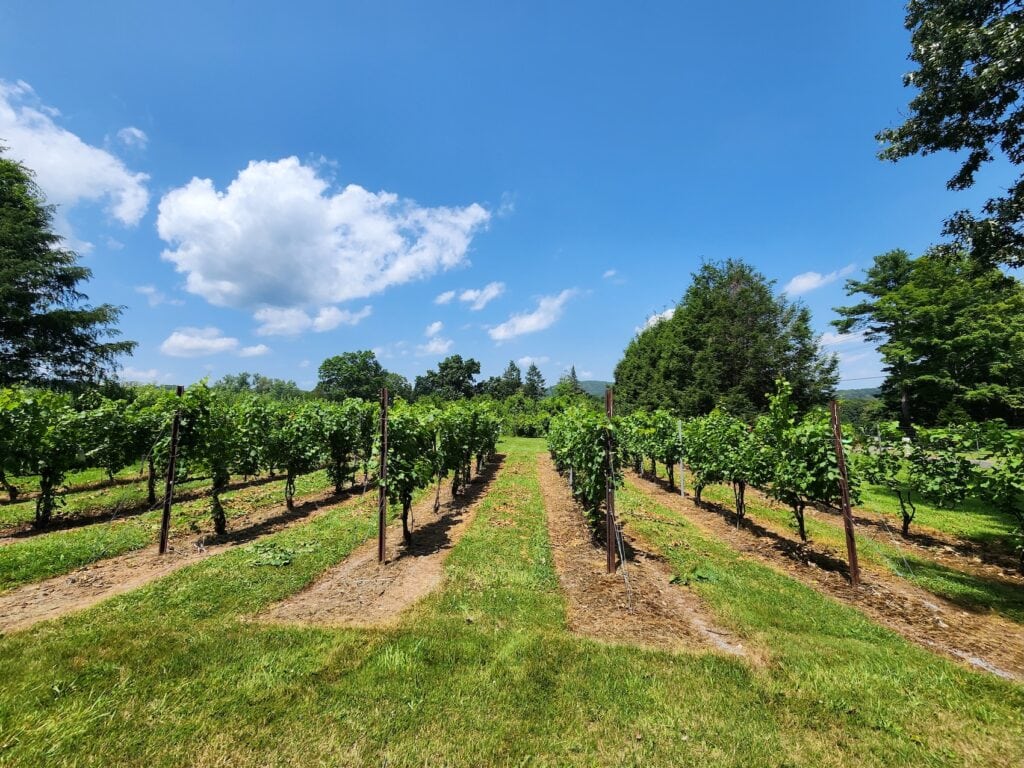 Field trial experimental plot
Field trial experimental plot
Using nanotechnology to tackle powdery mildew
The research explored the efficacy and environmental impacts of nanosulfur as an approach to tackling powdery mildew under both laboratory and field conditions. Jon Habito, a PhD student at The University of Auckland, conducted experiments comparing a range of sulfur nanoparticles (with different nanoparticle sizes and coatings) with sulfur formulations currently used in winegrowing.
The laboratory experiments demonstrated that nanosulfur can improve rainfastness on grapevine foliage and grape bunches. Rainfastness describes how much a pesticide sticks to the plant. The higher rainfastness of nanosulfur compared to commercial sulfur suggests that nanosulfur may protect the wines for longer and/or at lower application rates. Nanosulfur was also shown to have low toxicity towards soil non-target organisms (earthworms), which suggests a low environmental impact, similar to conventional sulfur formulations.
The most exciting results undoubtedly come from the field trials that were conducted in an experimental vineyard of 56 mature grapevines (Vitis vinifera cv. Chardonnay, approximately 60 years old) in Connecticut, USA. Jon worked alongside renowned nanotechnologists at the Connecticut Agricultural Experiment Station in the 2023 growing season.
The trials monitored the efficacy of nanosulfur against powdery mildew, while also investigating the risk of causing physiological stress or phytotoxicity in grapevines, the impact on fruit yield and enological properties of harvested grapes, and the effect on nutrient content on the grapevines.
The 56-day field experiments demonstrated that nanosulfur can achieve similar results to conventional sulfur treatments, but at a ten-fold lower application rate. This promises to reduce costs and issues associated with residues.
Importantly, there were also no signs of detrimental effects of nanosulfur on overall grapevine health (oxidative stress or chlorophyll content), demonstrating that nanosulfur has low phytotoxicity. There were no differences in total fruit yield, number of bunches, or average weight per bunch.
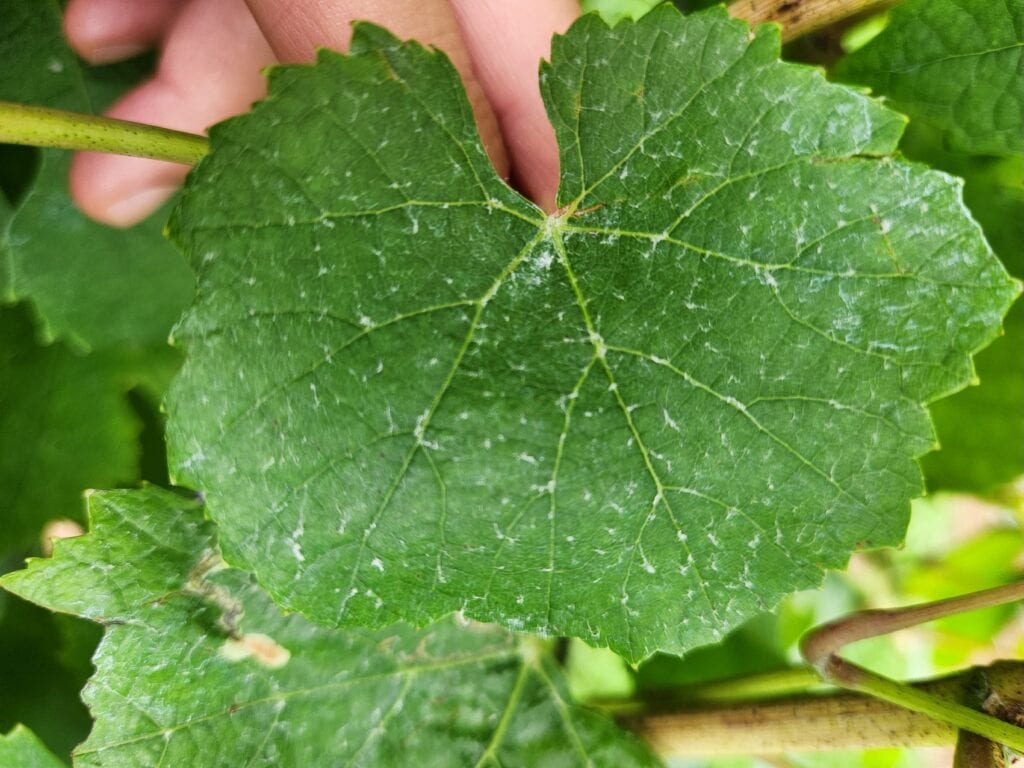 Grapevine leaf Vitis vinifera Chardonnay infected with powdery mildew
Grapevine leaf Vitis vinifera Chardonnay infected with powdery mildew
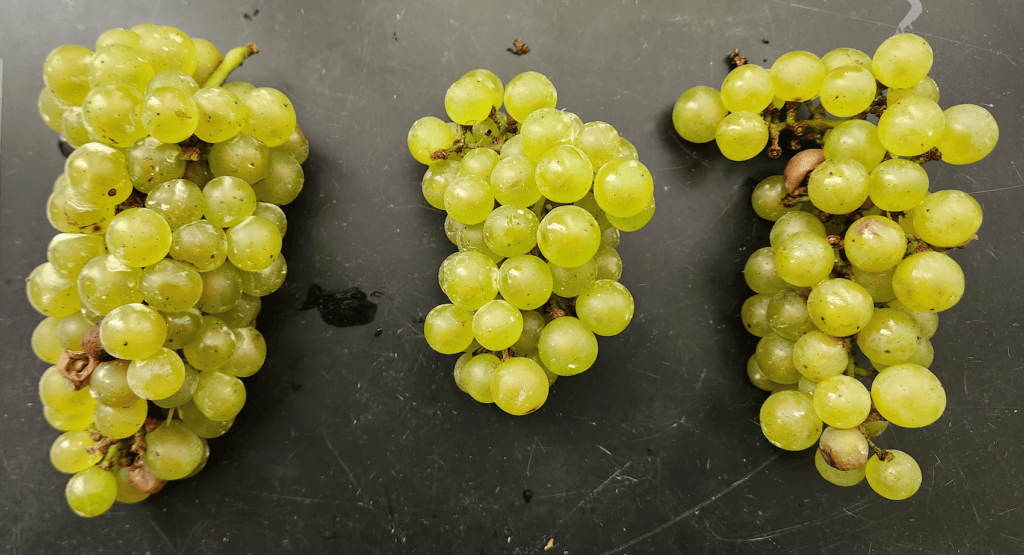 Grapes Vitis vinifera Chardonnay
Grapes Vitis vinifera Chardonnay
Field trial results
The field trials demonstrated clear biological, environmental, and economic benefits. They showed nanosulfur to be a promising alternative to conventional sulfur in the control of powdery mildew in vineyards.
In terms of grape quality, juice extracted post-harvest from the grapes of nanosulfur-treated vines exhibited similar total soluble solids to those from sulfur-treated vines. This suggests that there is no impact of nanosulfur on sugar content in grape juice. We did, however, detect lower titratable acidity and slightly higher pH, indicating a potential influence on wine acidity and balance during the winemaking processes. These effects require further investigation, but may indicate interesting possibilities for winemakers.
This project was one of the first to assess the efficacy and effects of nanosulfur in an agricultural context. It is remarkable for its consideration of a wide range of endpoints (from fruit yield to molecular markers of toxicity). The project promises to be a keystone study for the potential application of nanotechnology in winegrowing.
This research is only the beginning for the use of nanotechnology in winemaking. Harnessing the full potential of nanotechnology in winegrowing will require more scientific research, investment in commercialisation, careful market analysis, promotion, and market preparation. This will take industry commitments.
What comes next?
The next steps will require formulating nanotech into a viable product (e.g. product that can be sprayed by practitioners and has an acceptable shelf life). This will require in turn research on its efficacy across a wider range of realistic conditions (e.g. different climates and cultivars), analysis of its economics, and investigation of regulatory aspects (including, for instance, systematic human and ecological risk assessment).
While we are still some way from a viable product, our results confirm the value of further investment in the science and application of nanotechnology in winegrowing as a basis for enhancing the productivity, profitability, and the sustainability of New Zealand wine environments, as well as a marketable product in itself. We look forward to the opportunity to work with the New Zealand winegrowing industry and its science community on the next stage of the research process, which will require strong and trusted collaborations between science and industry.
About the project
This project was funded through the Ministry of Business, Innovation and Employment’s Research Institute Initiative, which aims to support and further enhance regional advantage in New Zealand by stimulating leading edge, industrially exploitable and commercially focused research.




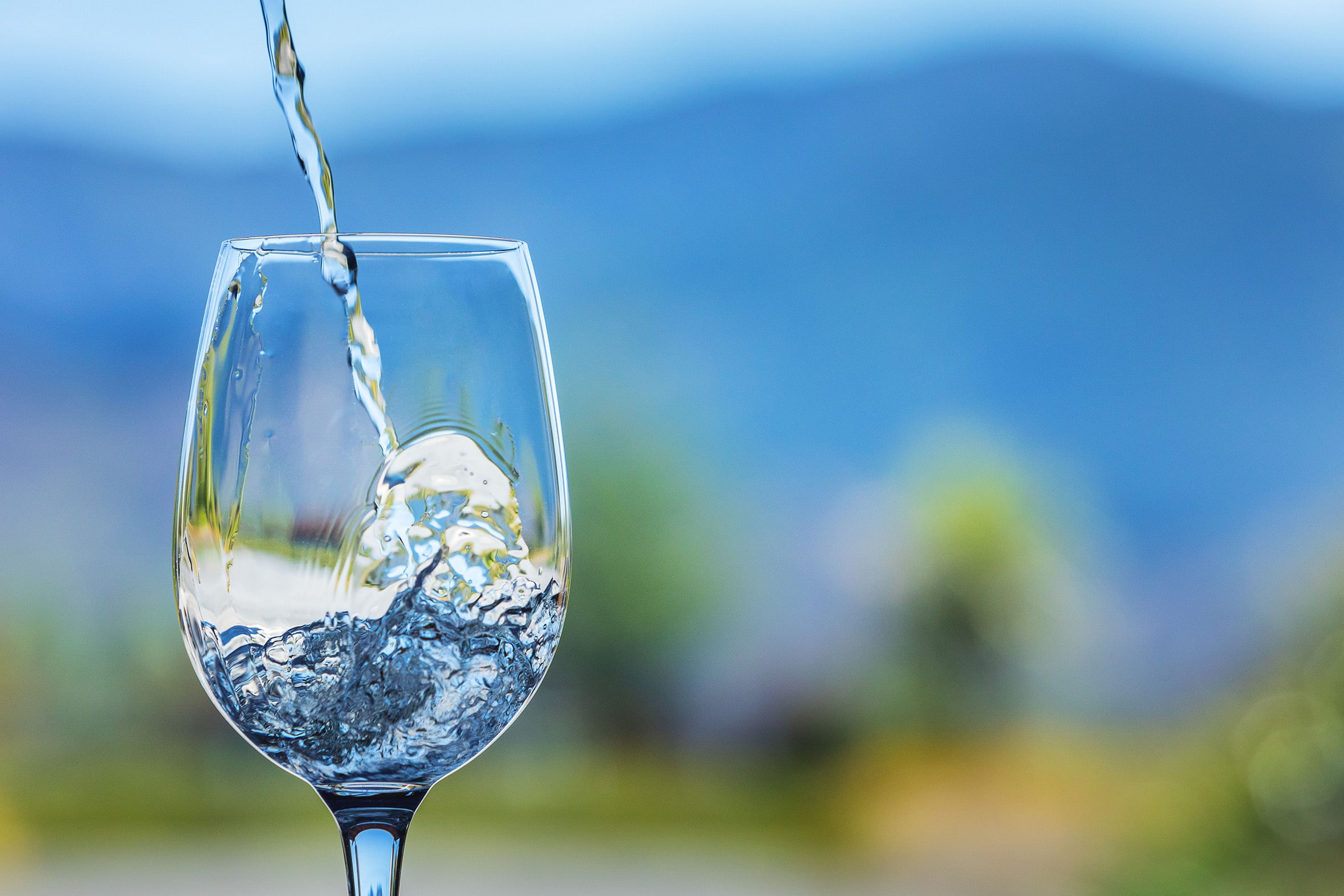
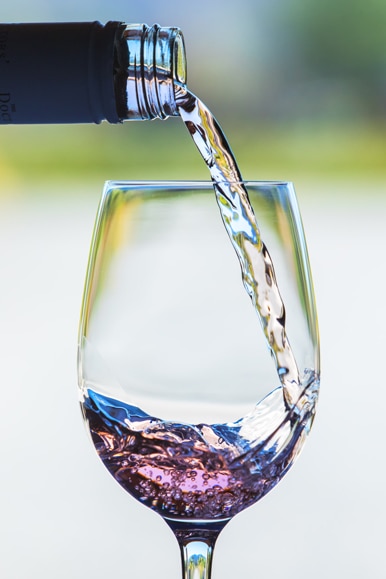

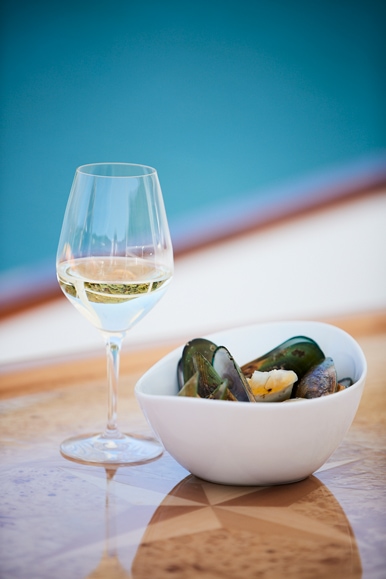

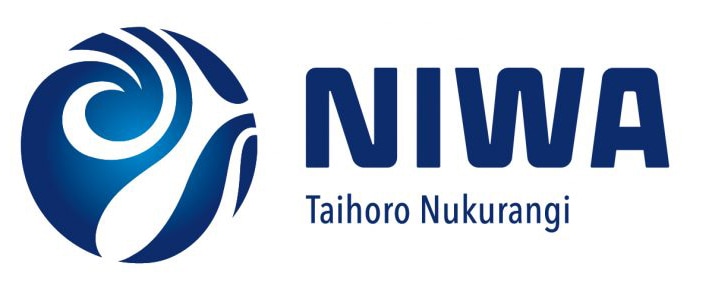





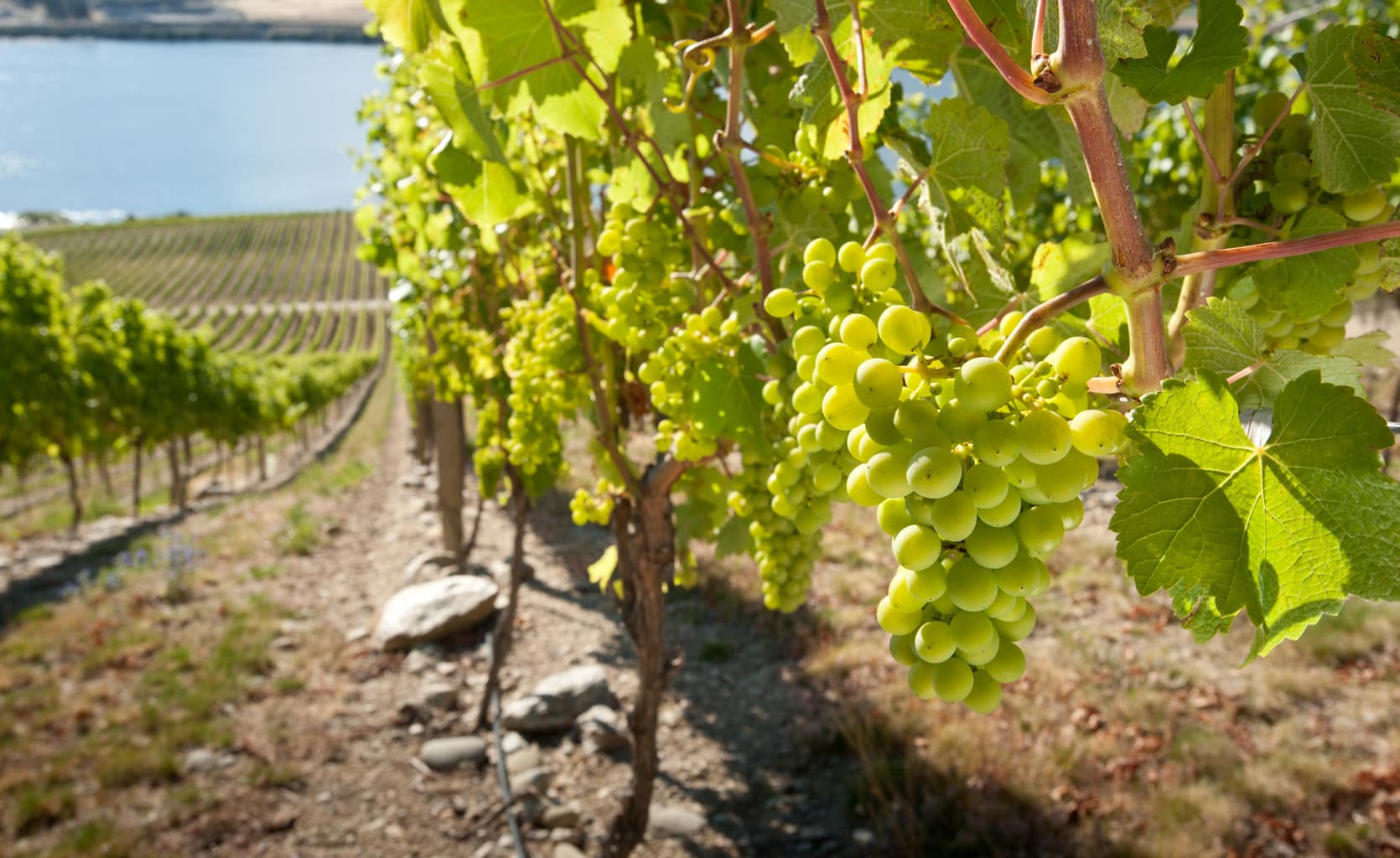
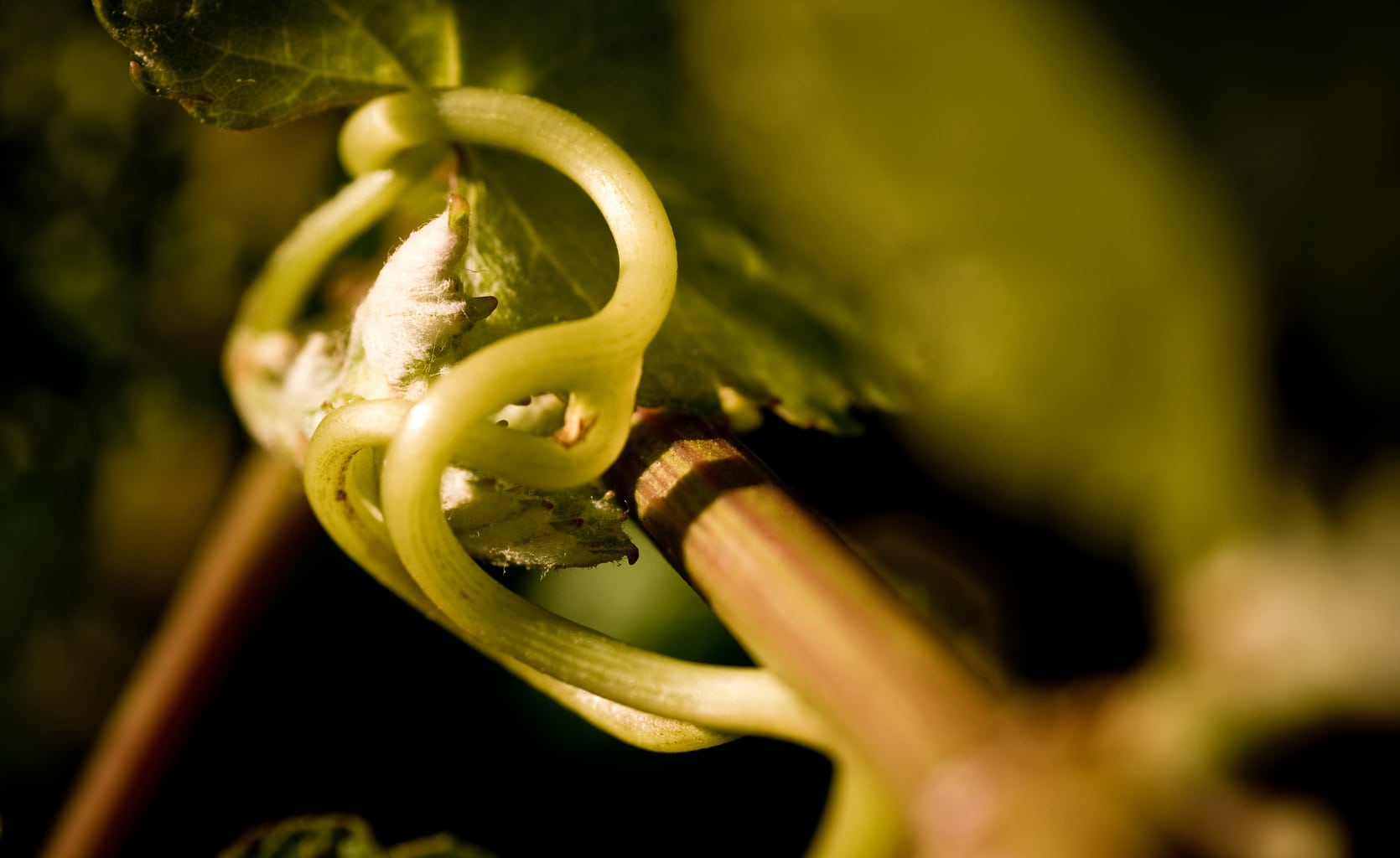

Has there been any long-term research on the environmental impact or residue levels of nanosulfur use in agricultural crops? Thank you!
Hi there, to date, there has been no long-term research on the environmental impact of nanosulfur or its residue levels in agricultural crops. Our research focused on residue of sulfur on grapevines over one growing season but it will be interesting to investigate the long-term fate of the nanosulfur in the grapes.
Our research suggests that the fate of bulk sulfur and nanosulfur are similar. Nanosulfur is expected to be applied at lower rates than conventional bulk sulfur, potentially resulting in lower sulfur residue in grapes and reduced environmental impact.
More research – over multiple growing seasons and in different crops – is needed to confirm these preliminary findings and understand the long-term implications of nanosulfur use in agriculture.